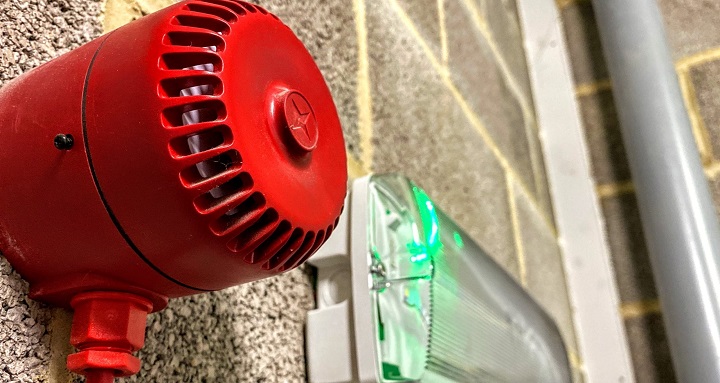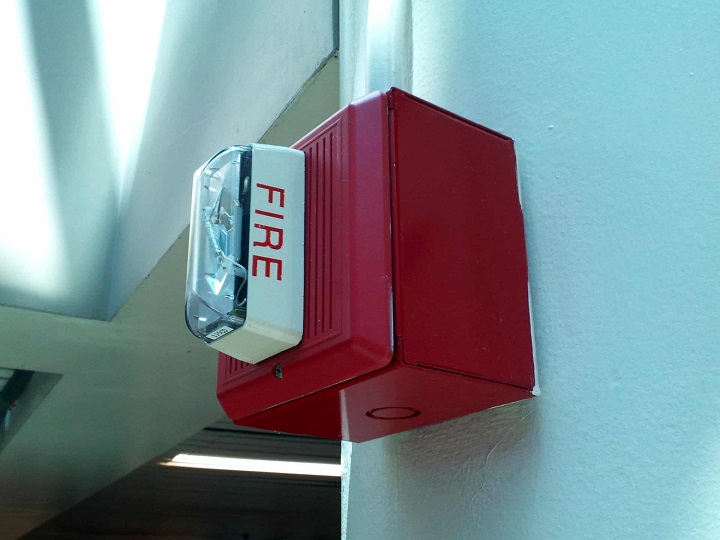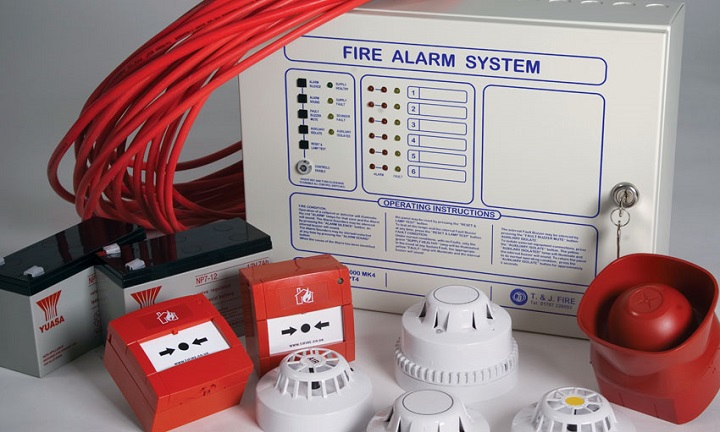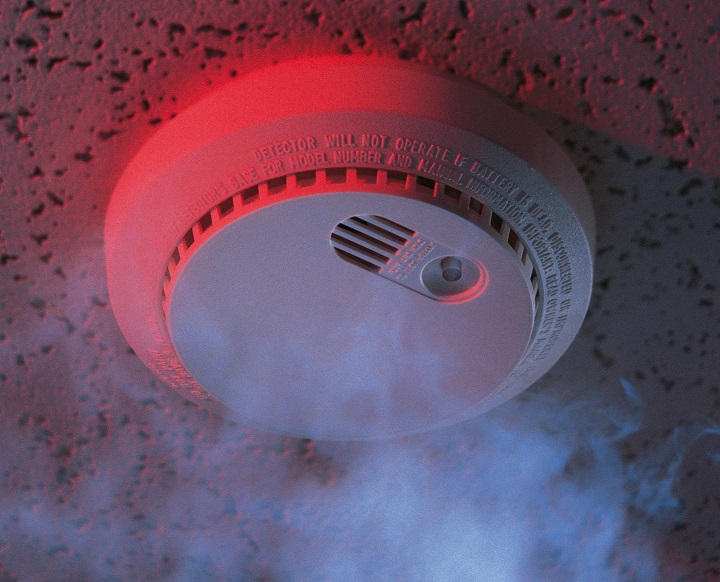Coming home to find a fire in your home can be devastating. You may have lost all of your personal belongings, or you may have not. If you had a smoke alarm, it’s possible that no one was hurt and the fire was put out before it spread too far. Smoke alarms are required in every home and are one of the most effective items in your house. They should be tested regularly, but there’s always a chance that the batteries will die without anyone noticing. A dead battery can mean the difference between life and death for someone inside your home.
How Does a Smoke Alarm Work?

The smoke alarm is a simple device that is often taken for granted. It keeps us safe as we sleep as well as when we are away from home. As technology continues to advance, smoke alarms are becoming more and more sophisticated. The smoke alarm that you have in your home today has been developed over time since its invention in the early 1960s. The first models were huge and required frequent maintenance, but modern smoke alarms fit on your ceiling and operate on batteries, only needing to be replaced every 10 years or so.
Smoke alarms are made up of three parts: the sensing chamber, the power source and the alarm. The sensing chamber contains a pair of electrical contacts — one fixed, one moveable — connected to the power source. These contacts are separated by an electrically charged ionisation current. As long as no smoke particles enter the chamber, these contacts remain separated.
When smoke enters the sensing chamber, it disrupts the ionisation current and causes the two contacts to touch. This triggers an alarm, which can be either an audible sound or a flashing light. There are two types of smoke detectors: ionisation and photoelectric detectors. Ionisation detectors use radioactivity to detect minute particles in the air, while photoelectric detectors shine a light beam into a sensor and notice if smoke interferes with it.
What Happens When a Fire Alarm Goes Off?

Everyone knows what happens when a fire alarm goes off: people file out of the building, following whatever evacuation routes they’ve become familiar with. But what else happens? A lot, actually. Here’s a breakdown of everything that takes place when an alarm sounds.
- The fire alarm system activates: When a sensor detects fire, heat or smoke, or someone pulls a manual pull station, the alarm sounds. If this is the first time it has happened that day for that particular detector, it will sound and lights will flash locally, in the area where the sensor is located. Once activated, that sensor will not activate again for 12 hours — unless another sensor activates.
- The control panel receives notification: All sensors are connected to a control panel and are communicating with it at all times. A sensor may be activated locally (as described above) or via the control panel itself if necessary.
- The system sends signals to other devices: If global activation is required, the control panel will trigger other devices on-site — sirens, horns and strobes (lights), as well as relays and input/output modules that can activate other systems such as HVAC and elevators (which would prevent them from being used while people are evacuating).
When Should You Replace a Fire Alarm?

Fire alarms and smoke detectors are your first line of defence against fire. It’s important to know when you should replace them, as well as how to properly maintain them. The National Fire Protection Association has a few guidelines for when and how to replace your fire alarms:
Fire alarms: Replace every 10 years. The NFPA says that you should replace your fire alarm every 10 years at a minimum, but it should be sooner if the manufacturer recommends it. If you’re not sure how long yours has been in use, take a look at the back of the alarm or check the owner’s manual.
Smoke detectors: Replace every 10 years. You’re probably already familiar with smoke detector chirps that indicate it’s time to change the batteries in your smoke detector. But did you know these detectors should also be replaced every 10 years? If yours is older than that or doesn’t work properly, replace it immediately.
Carbon monoxide detectors: Replace every 5-7 years. Carbon monoxide detectors can be used in conjunction with smoke detectors or on their own. These devices should be replaced between five and seven years after they are manufactured — check the expiration date on your unit to ensure it’s still working properly.
How to Test Your Smoke Detector

Push and hold the “test” button on your detector until it beeps or chirps. If it doesn’t make any sound, try replacing the batteries first. If that doesn’t work, then it’s time to replace your detector. As long as the detector does make noise, write down the date you tested it on a piece of tape and stick it to your smoke detector. You should plan to test your device once a month. And if you haven’t changed the batteries in a while (or ever), go ahead and do that now. Most detectors recommend changing batteries at least once a year.